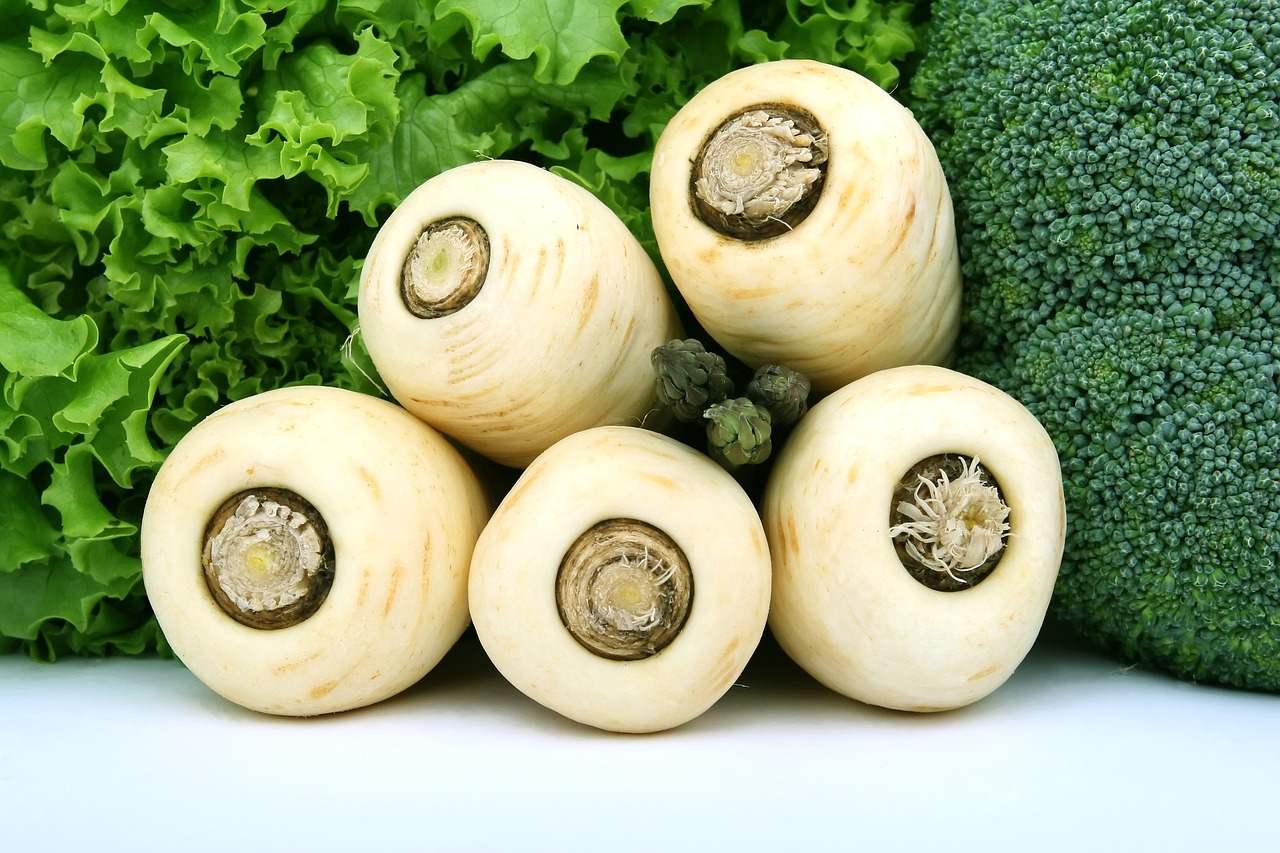Jicama is a fascinating ingredient that has sparked a debate over whether it should be classified as a fruit or a vegetable. This root vegetable, which is a popular addition to Mexican and Asian dishes, has a slightly sweet taste and a crunchy texture that make it perfect for salads, stir-fries, and other dishes. Despite its popularity, however, there is some confusion over what exactly jicama should be called.
On the one hand, jicama can be considered a fruit because it grows from the flowering part of the plant and contains seeds. Its mild, slightly sweet taste is also similar to that of many fruits. On the other hand, it is typically used and considered a vegetable in cooking, particularly in savory dishes like stir-fries and salads. Jicama also has a low sugar and calorie content, which is characteristic of vegetables.
So, is jicama a fruit or a vegetable? While technically it can be classified as a fruit, it is more commonly known and used as a vegetable in cooking. Regardless of its classification, jicama is a delicious and versatile ingredient that adds a unique crunch and flavor to a variety of dishes.
What is Jicama?
Jicama, a root vegetable that is also known as yam bean or Mexican turnip, is a common ingredient in Mexican and Asian cuisine. Originating from Mexico, Central, and South America, it is now grown extensively in Asia as well. The vegetable grows on vines and has brown, papery skin and white, crunchy flesh with a texture similar to a water chestnut. Jicama is a low-calorie and nutrient-dense vegetable that is a great addition to salads and stir-fries. It is also consumed as a snack due to its slightly sweet taste.
According to some people, jicama is technically a fruit because it grows from the flowering part of the plant and contains seeds. Its sweet taste is also characteristic of many fruits. Nevertheless, jicama is more commonly treated as a vegetable in culinary applications. It is used in savory dishes such as salads and stir-fries and is generally not eaten raw as a dessert fruit. Jicama is a healthy food choice due to its low sugar and calorie content.
In summary, Jicama is a root vegetable that is native to Mexico, Central, and South America. Although some people classify jicama as a fruit, it is more commonly used as a vegetable in cooking and culinary applications. Its low sugar and calorie content make it a nutritious ingredient in salads, stir-fries, and snacks.
Jicama as a Fruit
Jicama is considered a fruit because it grows from the flowering part of the plant and contains seeds. Its slightly sweet flavor is also a characteristic of many fruits. In some cultures, jicama is even eaten as a fruit, either raw or cooked with sugar and cinnamon.
However, despite its classification as a fruit, jicama is typically treated as a vegetable in cooking and culinary applications. It is commonly used in savory dishes like salads and stir-fries, and is not typically served raw as a dessert fruit. The versatile ingredient is low in sugar and calories, making it a healthy vegetable choice.
So while jicama may technically be classified as a fruit, it is more commonly known and used as a vegetable. Its slightly sweet taste and crunchy texture make it a delicious addition to a variety of dishes.
Jicama as a Vegetable
Jicama is a root vegetable that is often referred to as a vegetable due to its savory uses in cooking and culinary applications. It is not commonly eaten raw as a dessert fruit, but rather as an ingredient in salads and stir-fries. Jicama has a slightly sweet taste and a crunchy texture, which makes it a perfect addition to many savory dishes. Furthermore, jicama is a healthy vegetable choice as it is low in sugar and calories.
When cooked, it can take on the flavors of the other ingredients in the dish. For example, jicama can be combined with bell pepper and onion to create a delicious stir-fry. Alternatively, it can be sliced thinly and added to salads for some extra crunch. Additionally, jicama can be used as a healthy alternative to chips or crackers when serving dips or spreads.
Overall, whether jicama is technically classified as a fruit or a vegetable is debatable. However, due to its savory uses and low sugar content, it is widely considered to be a vegetable. So why not give jicama a try in your next salad or stir-fry and enjoy its unique flavor and texture?
The Verdict?
Although jicama can be classified as both a fruit and a vegetable, it is more commonly known and used as a vegetable in culinary applications. Due to its delicious slightly sweet taste and crunchy texture, it has become a versatile ingredient in both sweet and savory dishes. Jicama is a popular addition to salads, stir-fries, and snacks, making it a staple in both Mexican and Asian cuisine.
Whether it’s diced, shredded, or sliced, jicama can add a unique flavor and texture to any dish. It is also a healthy vegetable choice as it is low in sugar and calories, making it perfect for those who are looking to maintain a healthy diet.
In conclusion, jicama may be debated as a fruit or a vegetable, but it is ultimately its delicious taste and versatility that really counts. So next time you’re looking to add a little something extra to your dish, consider adding jicama for a flavorful and healthy boost!









